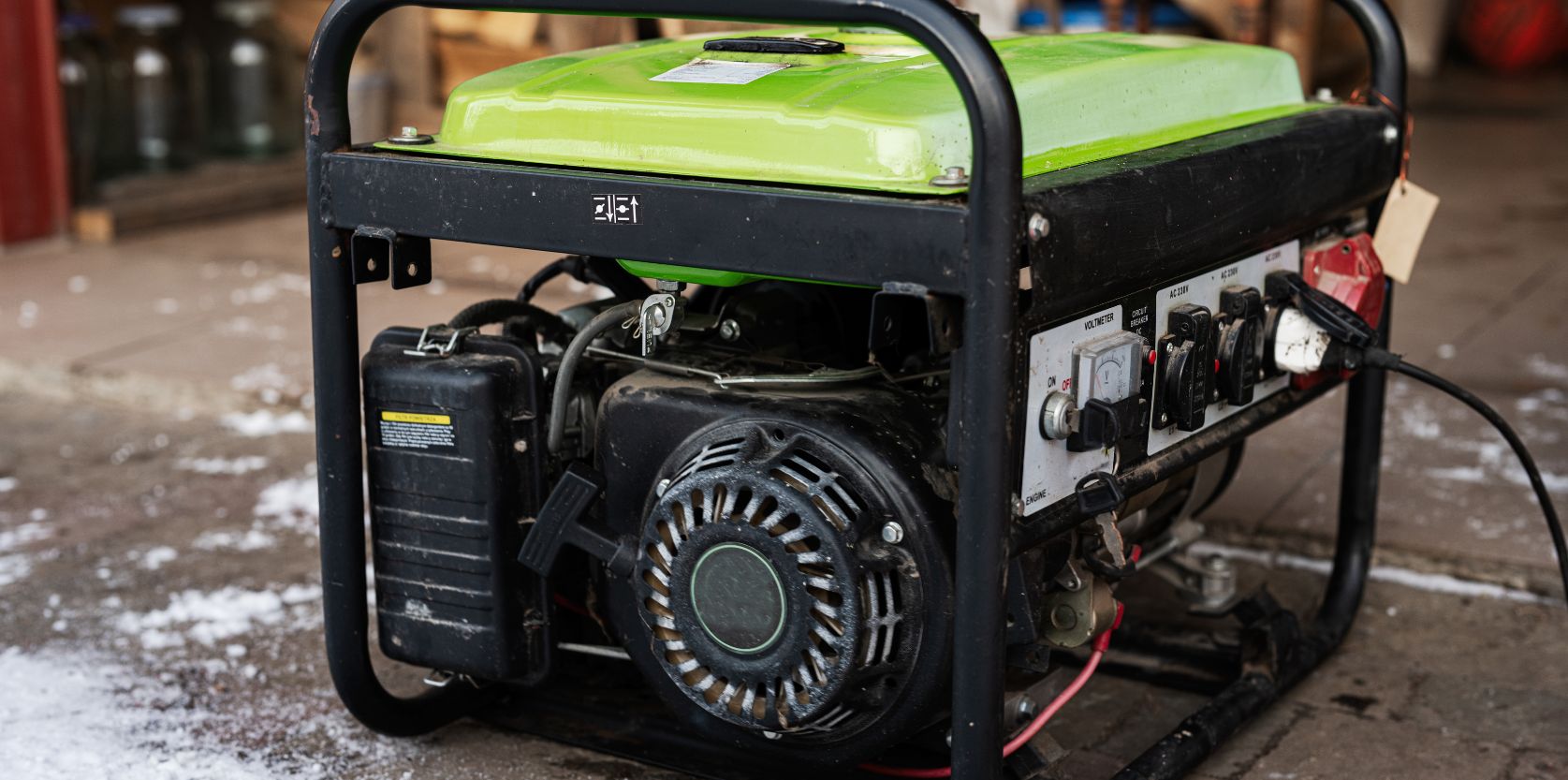
Ice storms, fallen tree branches and even animals can cause power outages. When the electricity goes out, generators can help you weather the storm and stay warm until power is restored. However, before starting a generator, it’s vital that you learn how to use one safely.
There are two types of generators for homeowners to choose from: standby and portable. Standby generators are connected directly to the house and typically are powered by natural gas or propane. These generators start automatically when the power goes out.
Portable generators are usually gas-powered and easy to move around. You can power appliances by plugging them into it. Your generator should have a greater output than the wattage of the electronics you plan to plug into it. This way, the generator will be able to create the extra electricity it takes for the initial power surge. Make sure nothing is plugged into the generator when you initially turn it on.
When you refuel a generator, make sure the engine is cool to prevent a fire, should the tank overflow. Be sure to keep children and pets away from the generator, which could cause burns.
Generators pose electrical risks, so use a generator only when necessary, especially in wet conditions. Protect the generator by operating it under an open, canopy-like structure and on a dry surface, where water cannot form puddles or drain under it.
Carbon monoxide fumes emitted by the gasoline engine on a generator can be deadly. Always operate your portable generator outdoors, at least 10 feet from your home and farther still from doors or open windows.
If you’re not careful with the installation of a portable or standby generator, you can put the lives of others in danger away from your home because of backfeed—a situation where a generator feeds electricity back through your electrical system and meter into the power lines. To prevent backfeed, standby generators must have a transfer safety switch installed by a professional. Portable generators should never be plugged directly into a home outlet or electrical system; plug appliances into an outlet on the generator for power.
It’s recommended that a generator be operated once a month for 10 minutes to ensure that it will run properly when needed.
Posted: 1/3/2024 10:56:59 PM
Author: